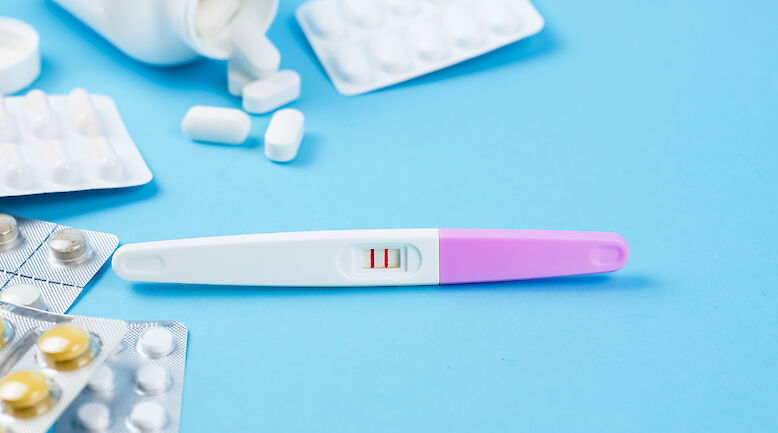English summary: The prevalence of healthcare-associated infections in 2011

Background
A first national point prevalence survey of healthcare-associated infections (HAI) and antimicrobial use (AU) was performed in Finland in 2005. In October-November 2011 a joint European prevalence survey, organized by the European Centre for Disease Prevention and Control (ECDC) and the National Institute for Health and Welfare (THL), was conducted in Finland. The objectives of the survey were to assess the burden of HAI and AU and to identify possible targets for quality improvement.
Methods
Fifty-nine Finnish acute care hospitals participated in the survey. All the patients in the acute care wards were included. Outpatients, patients undergoing same day treatment or surgery and patients in the emergency room were excluded. Patient data, including HAI and AU data and risk factors, were collected from all patients included.
Results
The overall prevalence of HAI was 7.4% (716/9712). HAI prevalence was higher in intensive care patients, and increased with age and severity of underlying illness. Surgical site infection (SSI) was the most common HAI (24%), followed by pneumonia (18%). Microbiological investigation yielded positive results in 49% (360/771) of patients with HAIs. The most common isolated microorganisms were Staphylococcus aureus (13%) Enterococcus spp. (13%) and Escherichia coli (13%). HAIs caused by multiresistant microbes were rare (n=9). On the day of the survey 20% of hospitalized patients had urinary catheters, 5% central venous lines, 50% peripheral lines and 2% were intubated, or had an endotracheal tube or tracheostomy. Antimicrobial treatment was given to 41% (3934/9712) of hospitalized patients.
Conclusions
The comprehensive national prevalence study gave an overview of HAI prevalence and the types of HAI. It also showed a high prevalence of AU. The results can be used to prioritize infection control measures and to develop surveillance systems for HAI.












